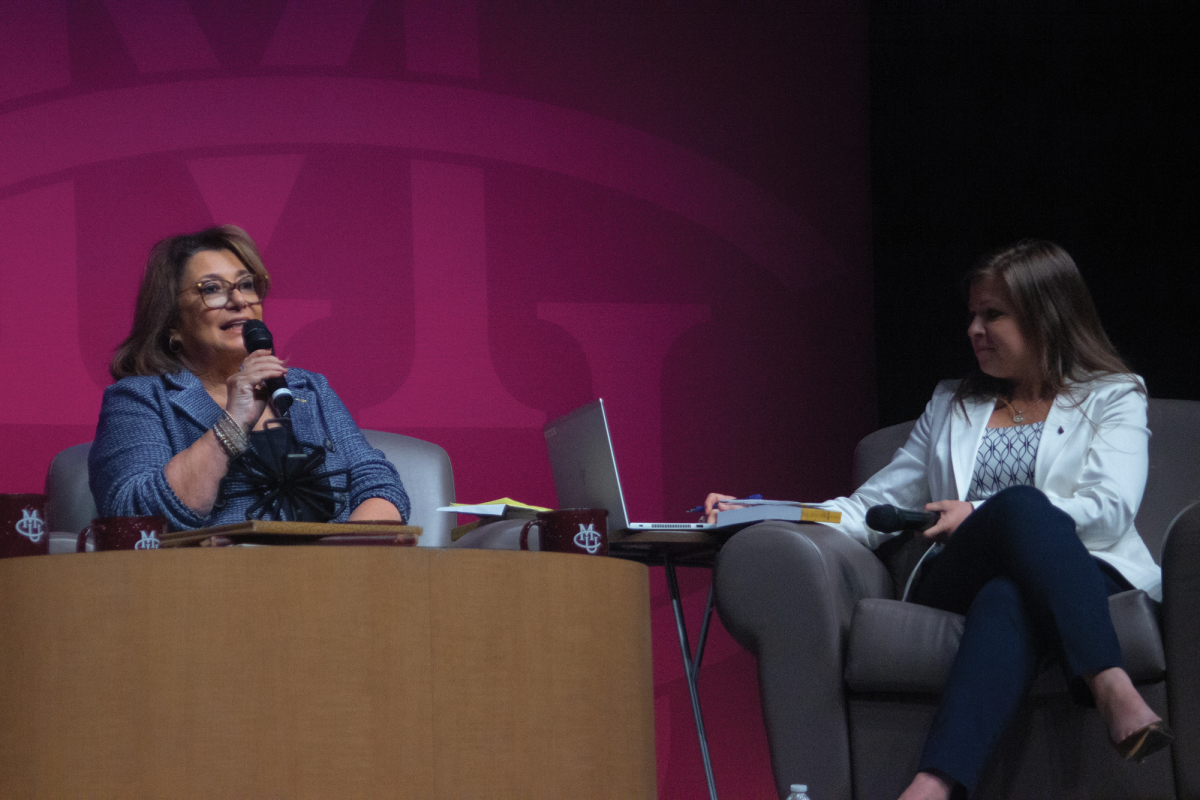As the future ever increasingly becomes the present, there is one problem that has been rising to the top of our sea of troubles: the environment. The world we live in only has so many resources and can only take so much from humans before it gives out, so environmentally beneficial tactics must be used to save the planet. One such way is the use of Geo Exchange Heating/Cooling, and Colorado Mesa University implements this to control the temperature of several of its buildings.
[media-credit name=”Courtesy of CMU” align=”alignright” width=”300″] [/media-credit]
[/media-credit]
It is quite important to first understand how the technology works before it makes sense on how it helps to save energy. The Geo Exchange gets its name from the earth—geo—because it is utilizing the stable temperatures of the earth to moderate the temperatures within the buildings. The earth, even in the winter and summer, will stay somewhere around 60 degrees Fahrenheit while the temperature on the surface will range from zero degrees in the winter to 100 in the summer.
To make use of the earth’s steady temperature, there is a pipe inserted into the ground that is filled with a heat conducting fluid and it is then connected to the building(s). The second law of thermodynamics states that a hotter mass will transfer heat to the colder masses near it, so following this rule if it is hot in the building, the heat will travel to the cooler earth, making the building colder while if the building is cold, the warmer earth will transfer its warm air into the building. Briefly stated, the warm air goes to the cold spots and makes Geo Exchange a possibility for heating or cooling buildings.
CMU has taken this technology and utilized it to both save energy, which is beneficial for the environment, and reduce costs, which is good for the university’s pockets. Geo Exchange temperature systems don’t require tons of coal and electricity to run, thereby reducing the use of fossil fuels, which in turn lowers the cost for utilities the school would have to purchase. Dominguez Hall was the very first building to see this technology put to use.
“It was the first building on campus on the ground source heat exchange system and, shortly after it opened in 2008,” director of media relations Dana Nunn said. “Xcel Energy said it was the most energy efficient commercial (as opposed to residential) building on the Western Slope.”

Since the first implementation of the system for Dominguez Hall, it has expanded to cover several buildings to utilize the energy and money saving system. Now all of the academic buildings are moderated with geo exchange while the Mav Center, Mav Pav, the University Center, Garfield, Bunting and Lucero all benefit from the system as well.
“The total connected load, including Confluence Hall is 987,253 square feet,” Manager of Energy, Utilities, and Sustainability Keegan Pfeiffer said. “Resulting in energy savings of $947,762.88.”
“The campus Geo Exchange provides up to 89 percent of the energy needed to heat and cool connected buildings,” Director of Facilities David Detwiler said.

The amount of energy and money that the Geo Exchange saves the school is enormous. The innovative technology can be felt in nearly every building on campus and provides a clean way to keep the students and faculty comfortable during their classes.








